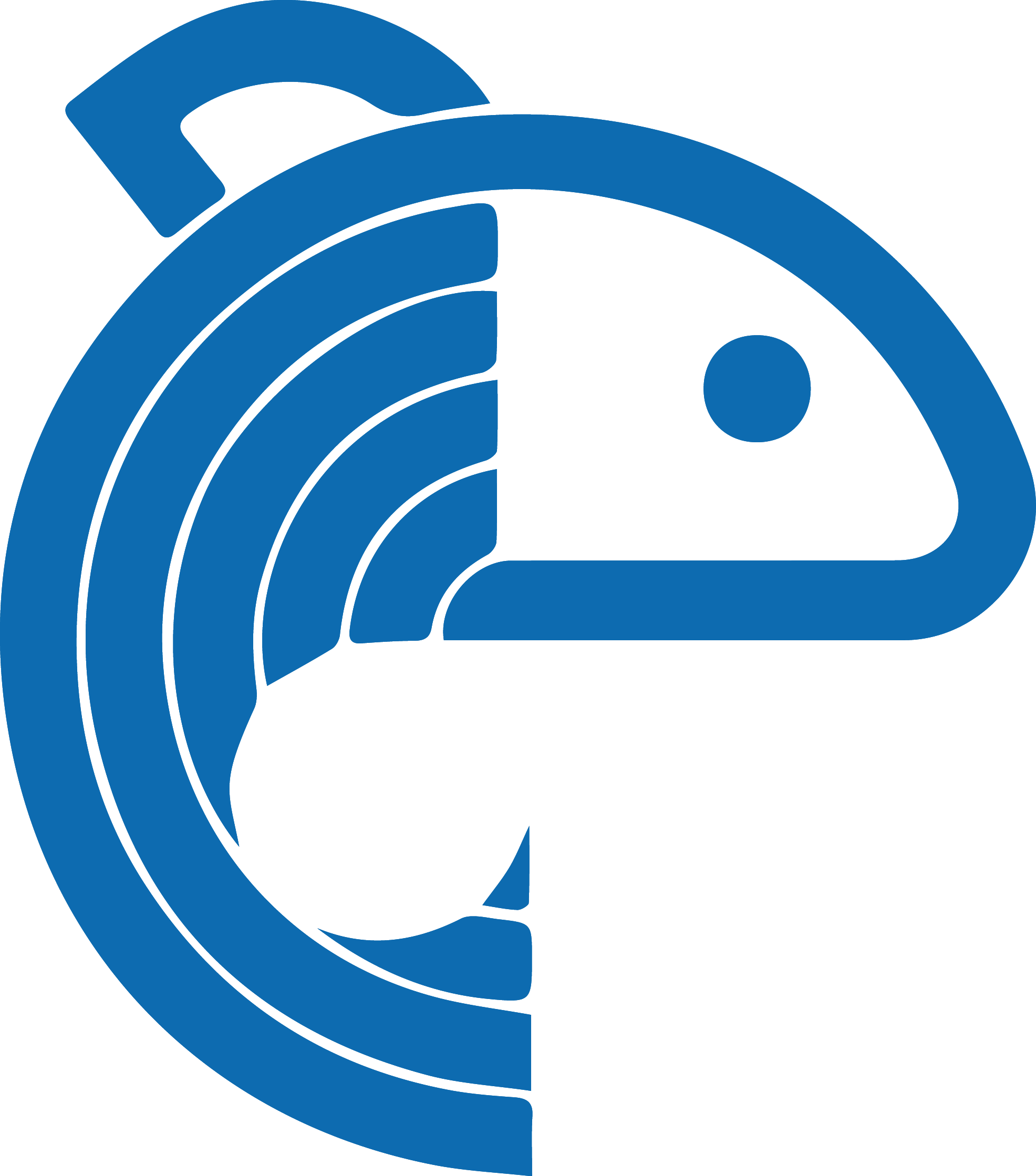Courtesy of SeafoodNews.com:
Between May 10 and 27, an observation cruise will work in the zero tolerance zone of the vaquita porpoise, in the Upper Gulf of California, in order to obtain an estimate of the remaining specimens of the endemic species of Mexico, which is at risk of extinction, informed the National Commission of Natural Protected Areas (Comisión Nacional de Áreas Naturales Protegidas). National and international experts will participate in this mission, as well as from the Sea Shepherd organization to detect the sounds of the porpoise, which allow obtaining the estimation of specimens; there will also be an observation work in two vessels, informed the head of the commission, Adán Peña.
It will be the most accurate analysis of the vaquita population since October 2021 in order to establish new steps of collaboration with the Mexican government for the protection of the species, said Priam Singh, president of the international organization.
According to the previous report, there are about ten specimens left that only reside in the Upper Gulf of California. This is the ninth year of Operation Miracle, carried out by this collective together with six Mexican agencies in that area, dedicated to keeping it free of illegal totoaba fishing, which has brought the vaquita to the brink of extinction, as it is trapped in illegal nets.
Each year the collaboration has advanced, the previous 18 months have been impressive and encouraging, since 2022, with Operation Miracle, there has been a drastic reduction of illegal fishing by 79 percent.
Singh added that this activity threatens the vaquita and that is why we collaborate with the Secretary of the Navy, it is not an easy job. We announced on April 18 a 90 percent reduction in illegal fishing nets since the new boat entered in January, and although we have seen a drop in poaching hours, the road to save the vaquita is long.
Peña explained that 55 anchorages will be installed in the area, with which acoustic signals can be detected in the evening and thus estimate the number of specimens, work that will be carried out by fishermen from San Felipe, Baja California.
